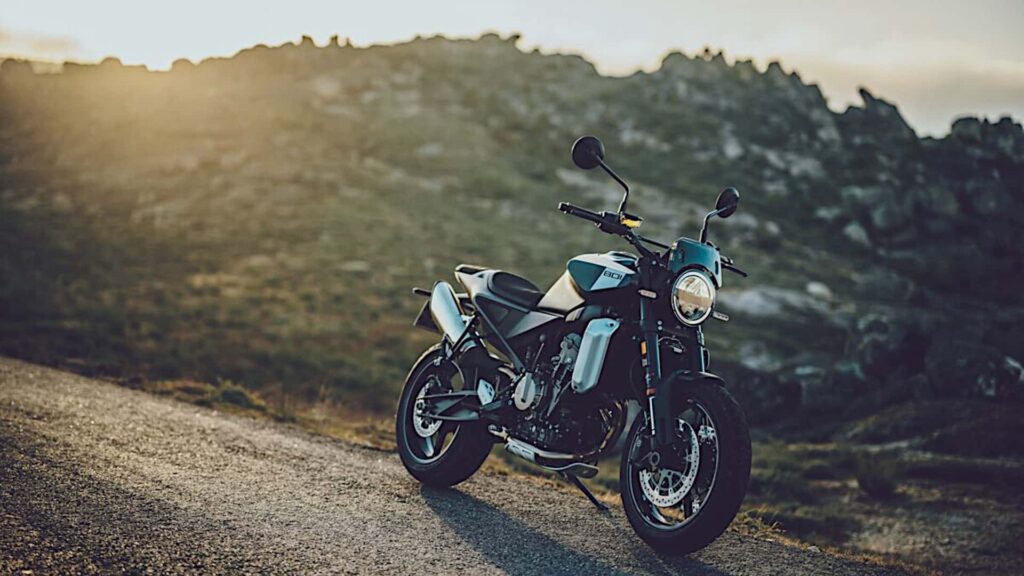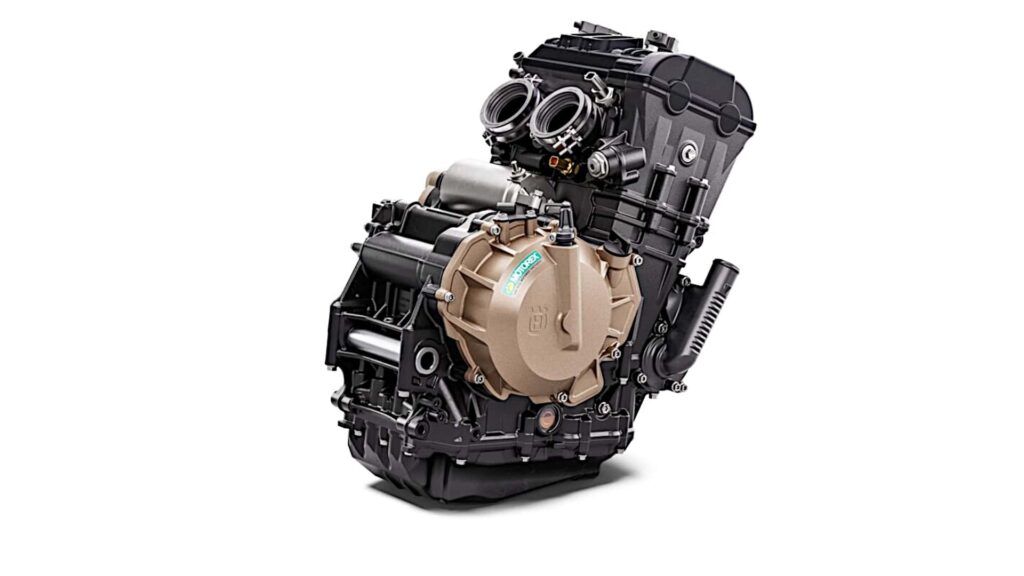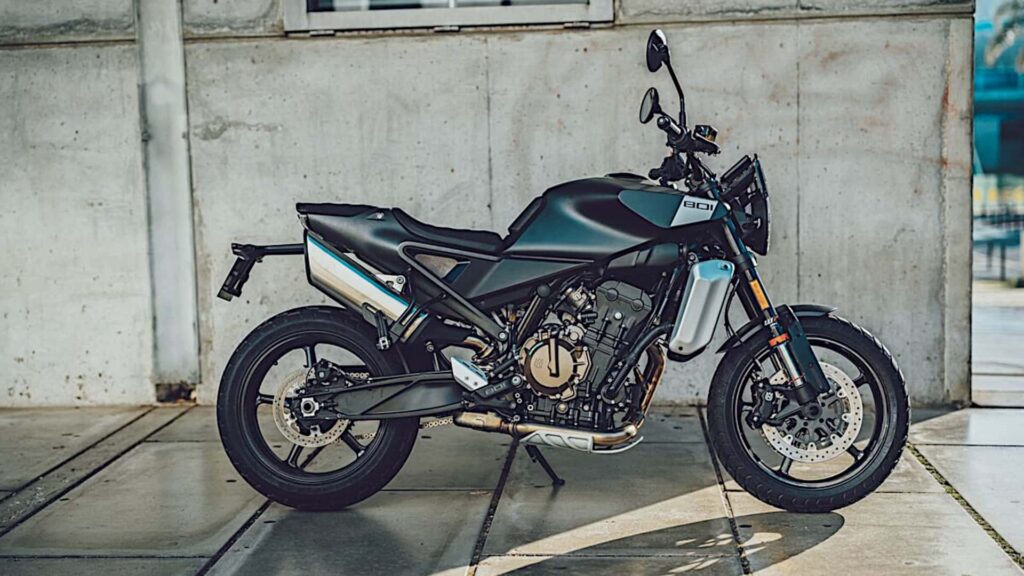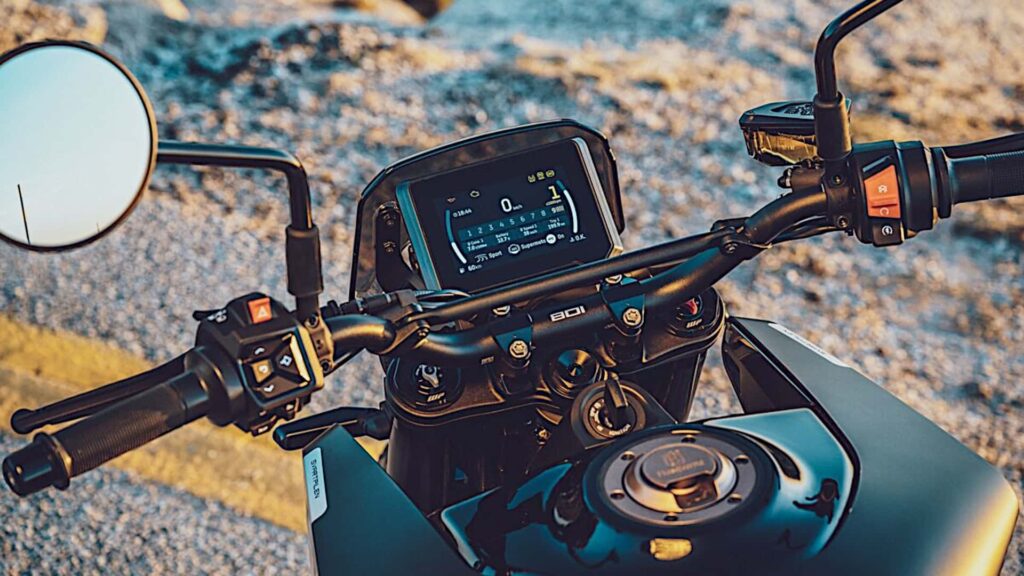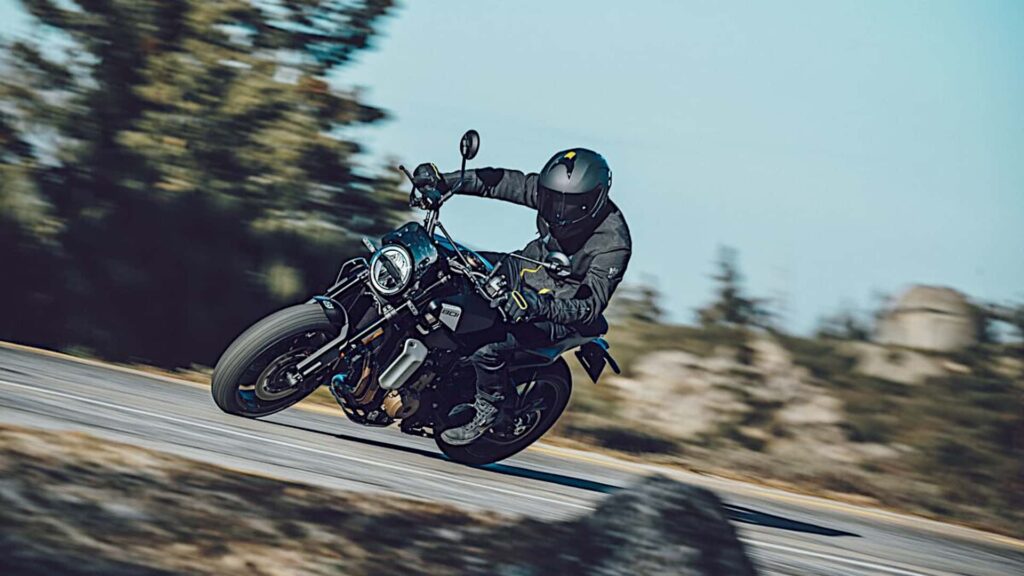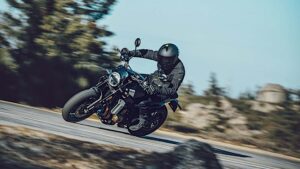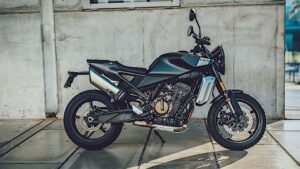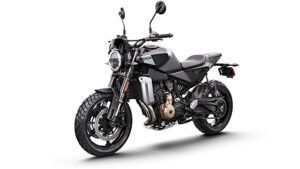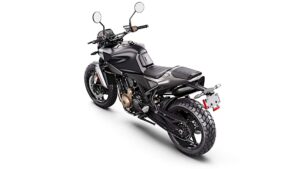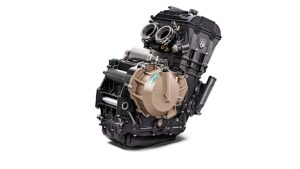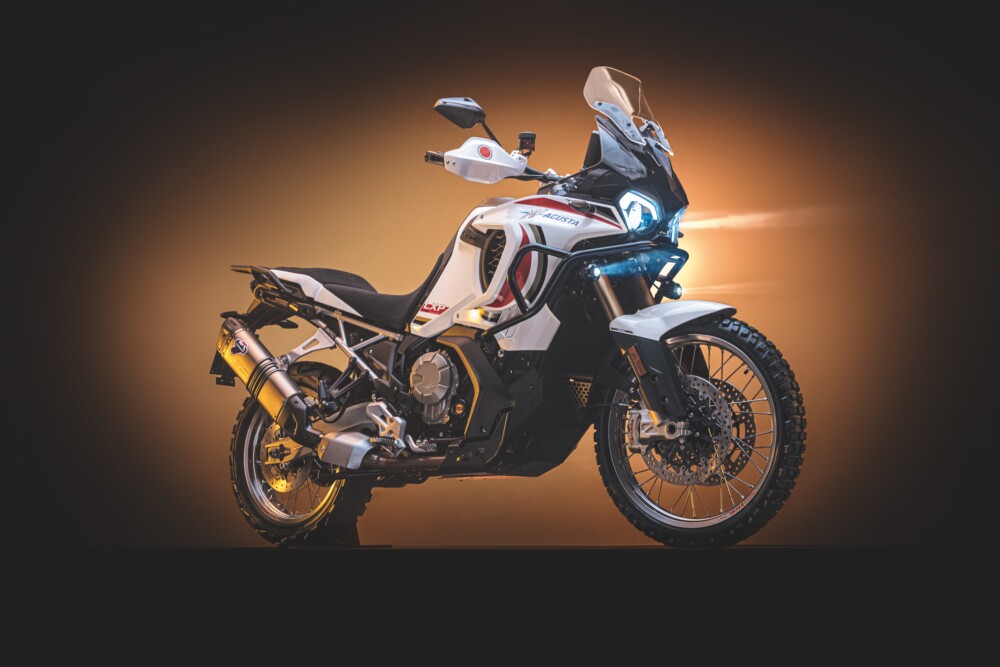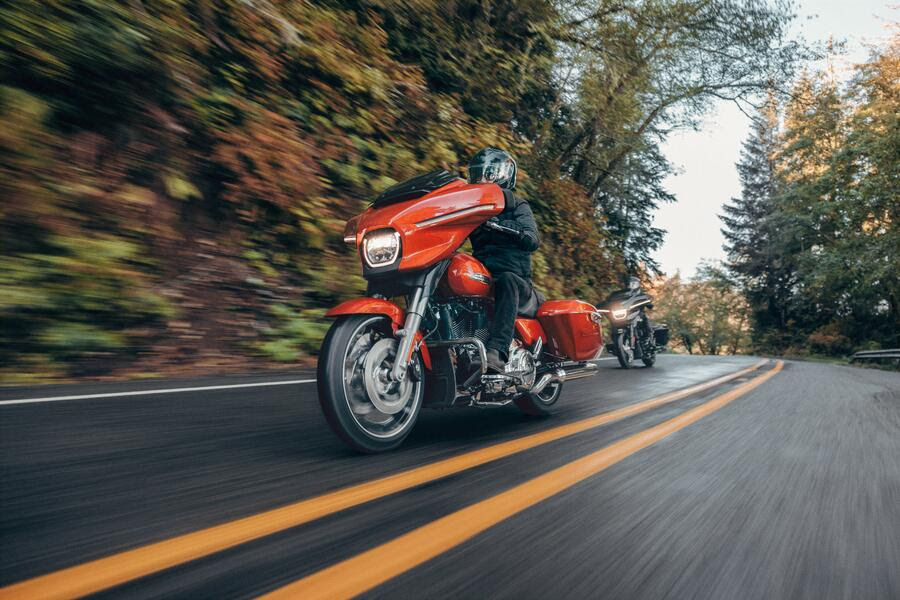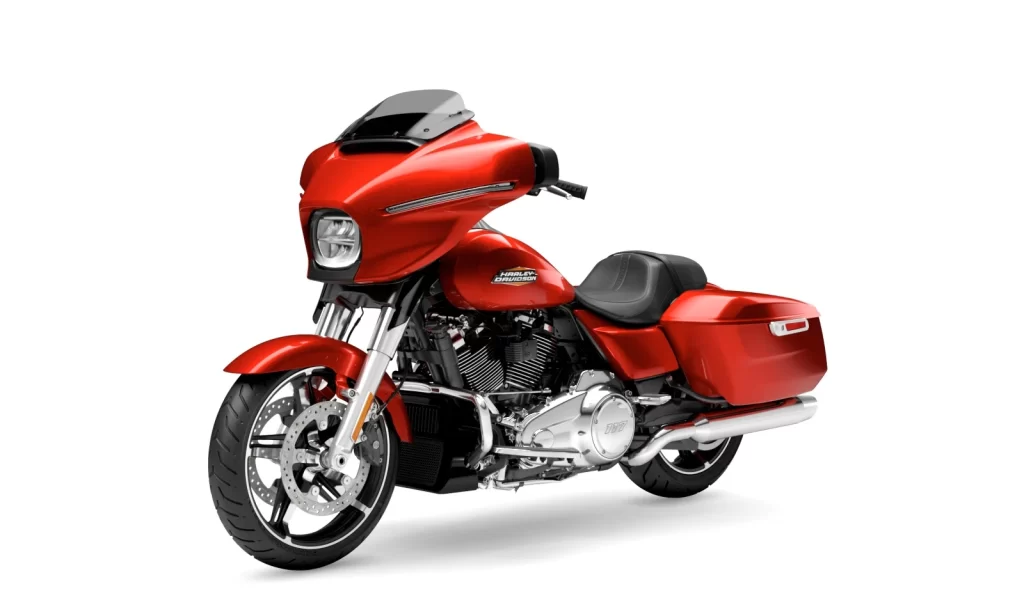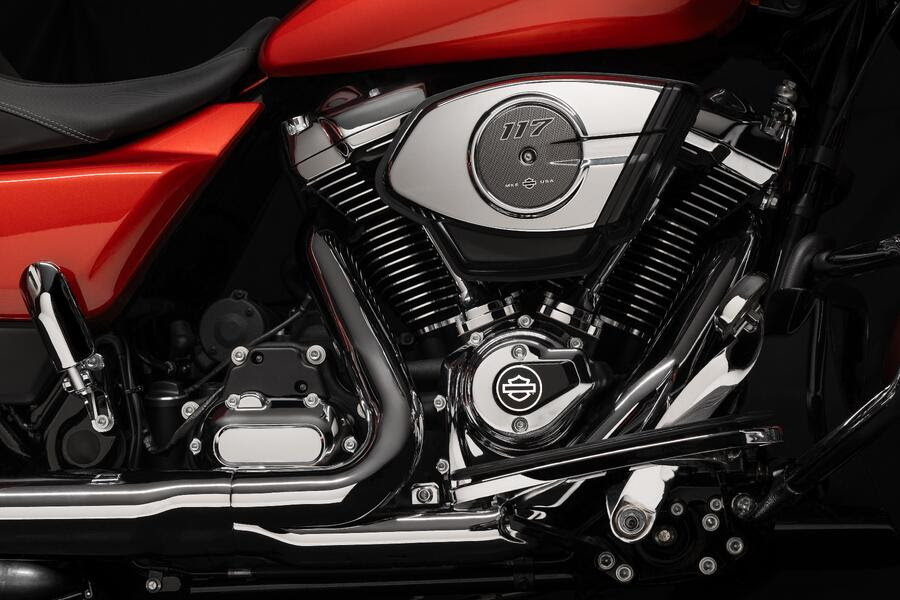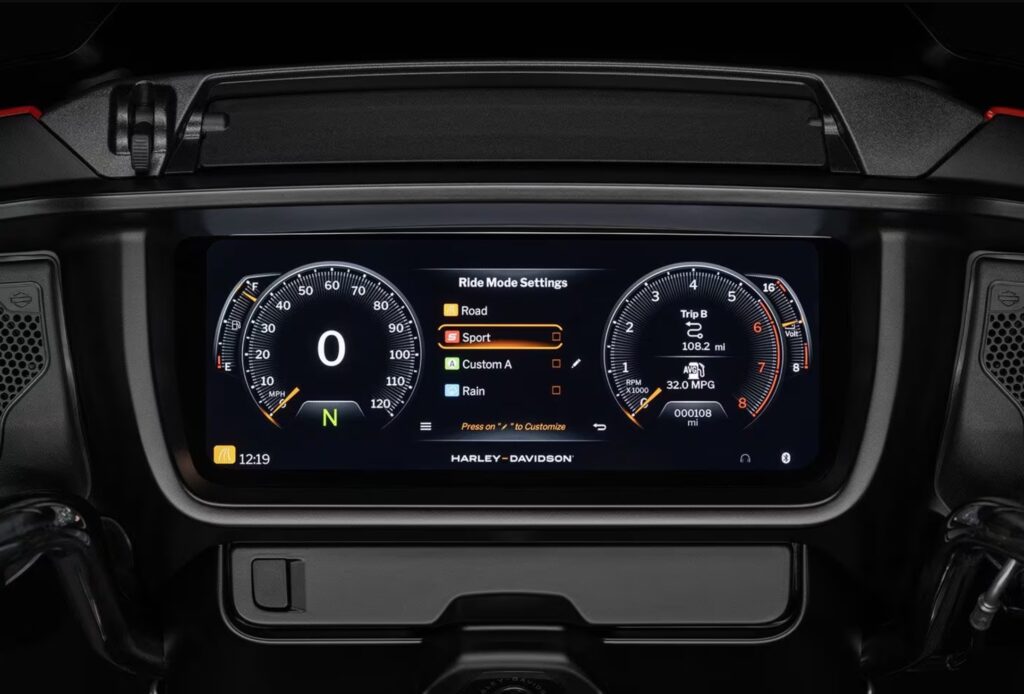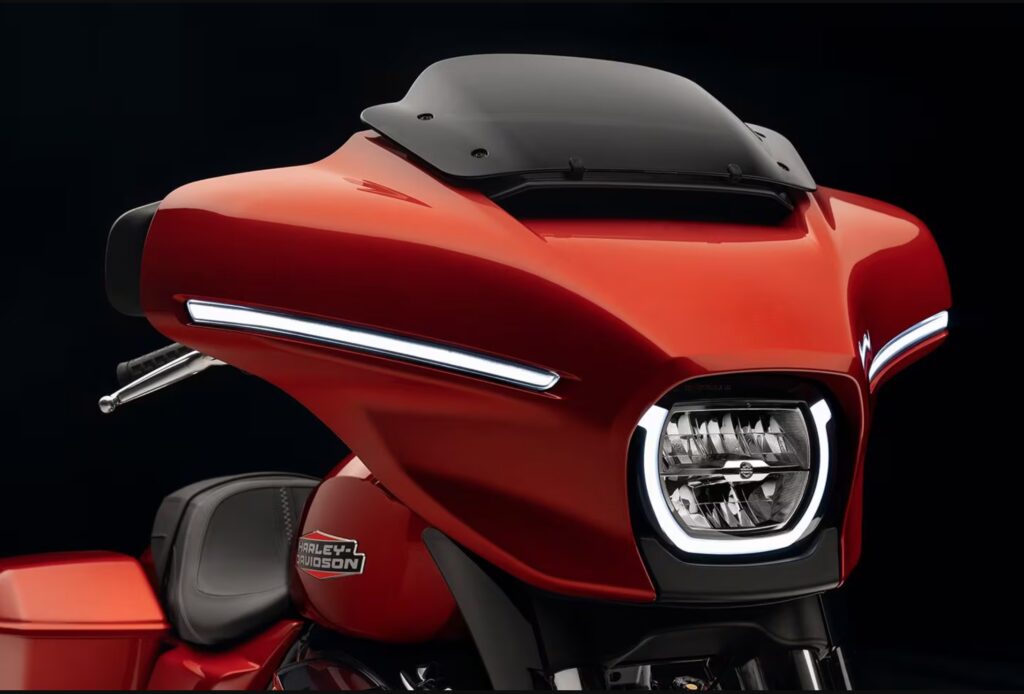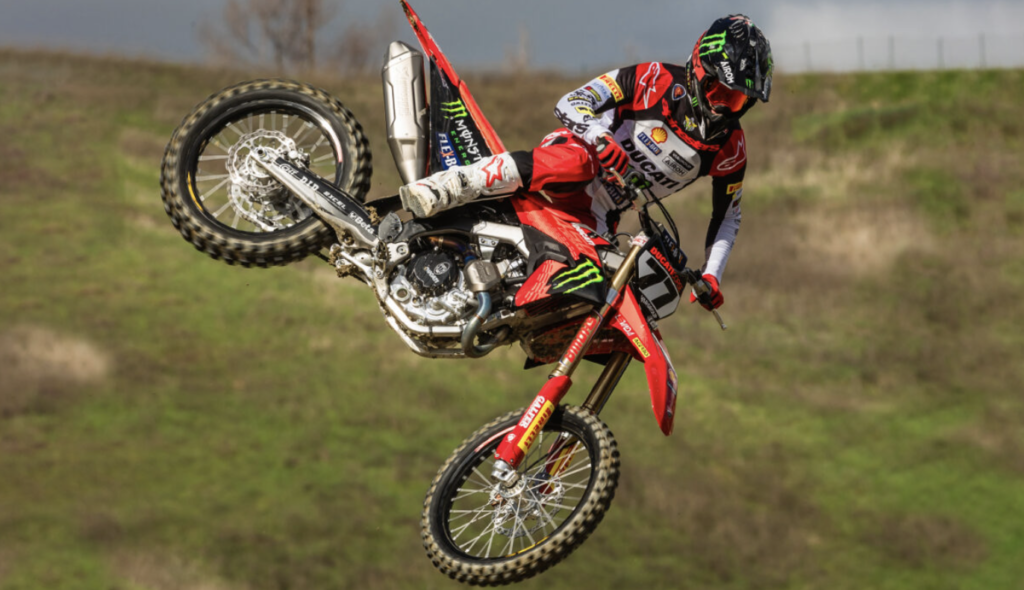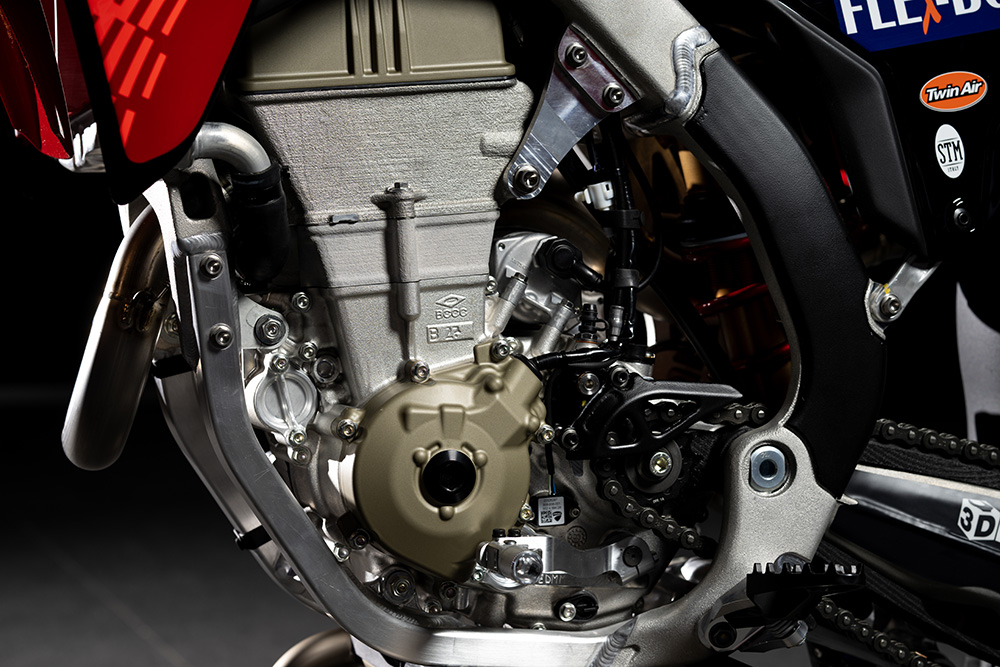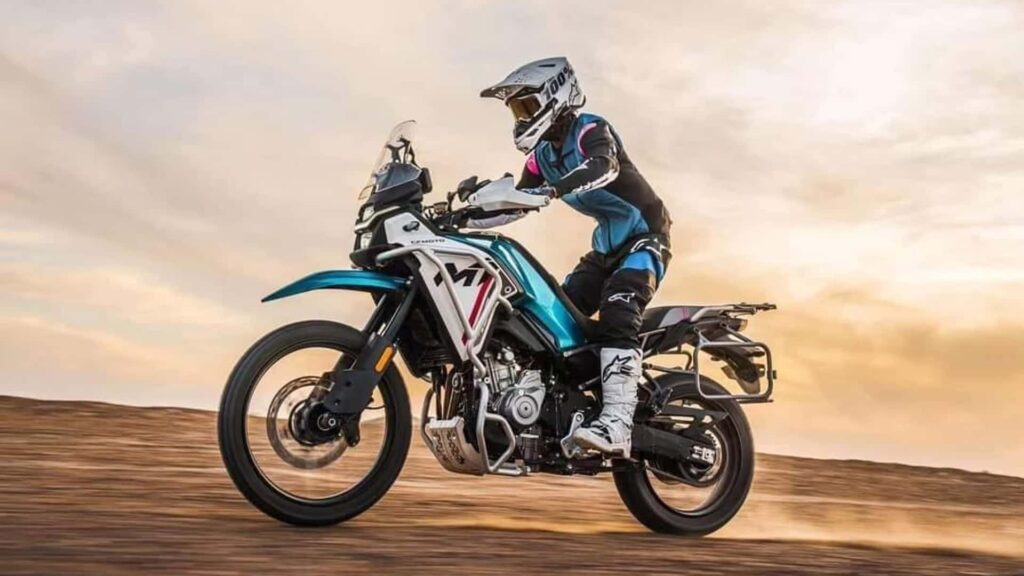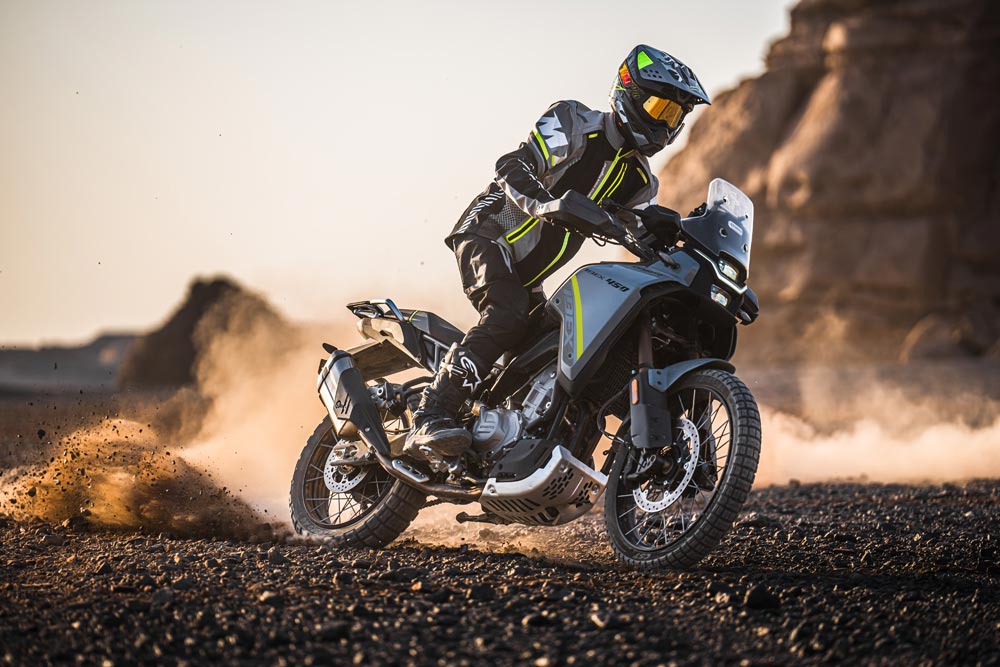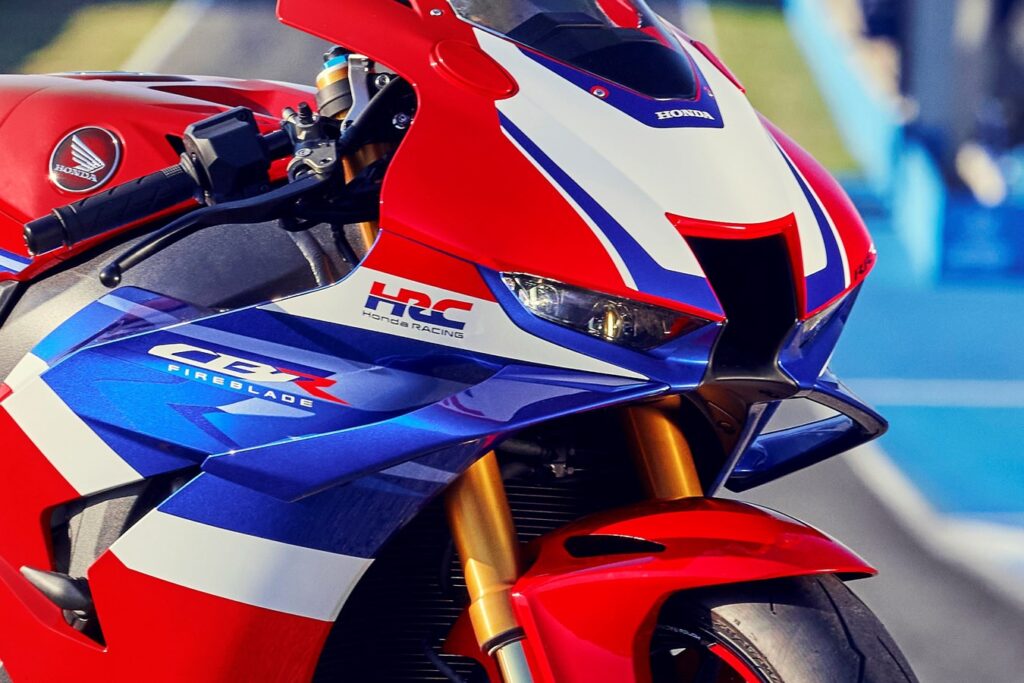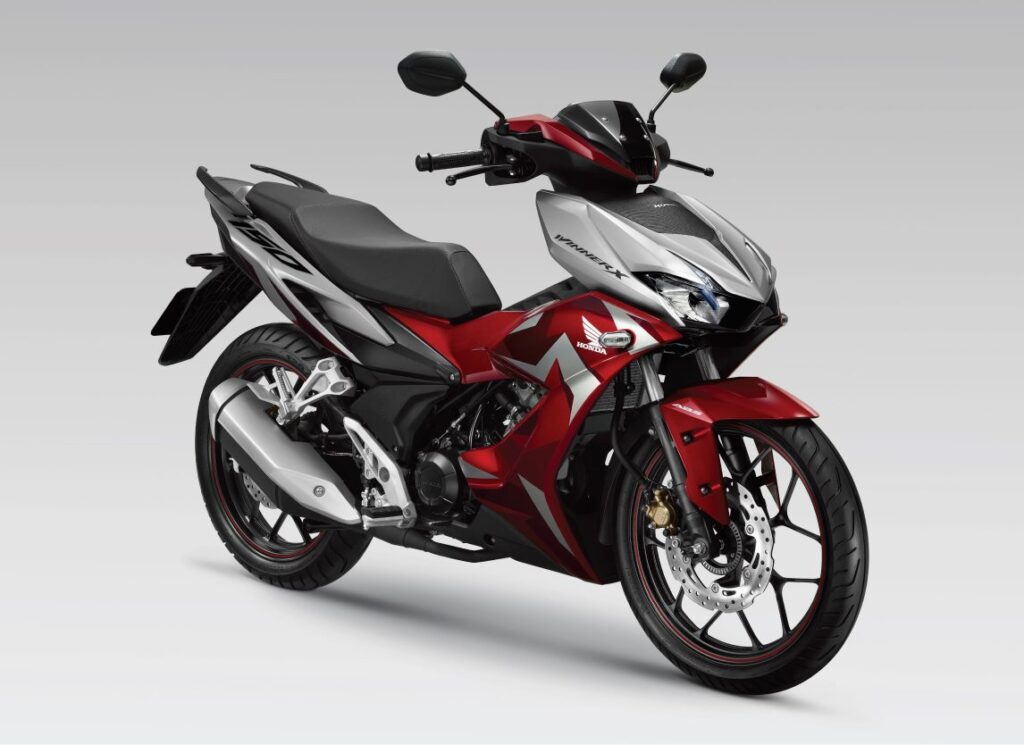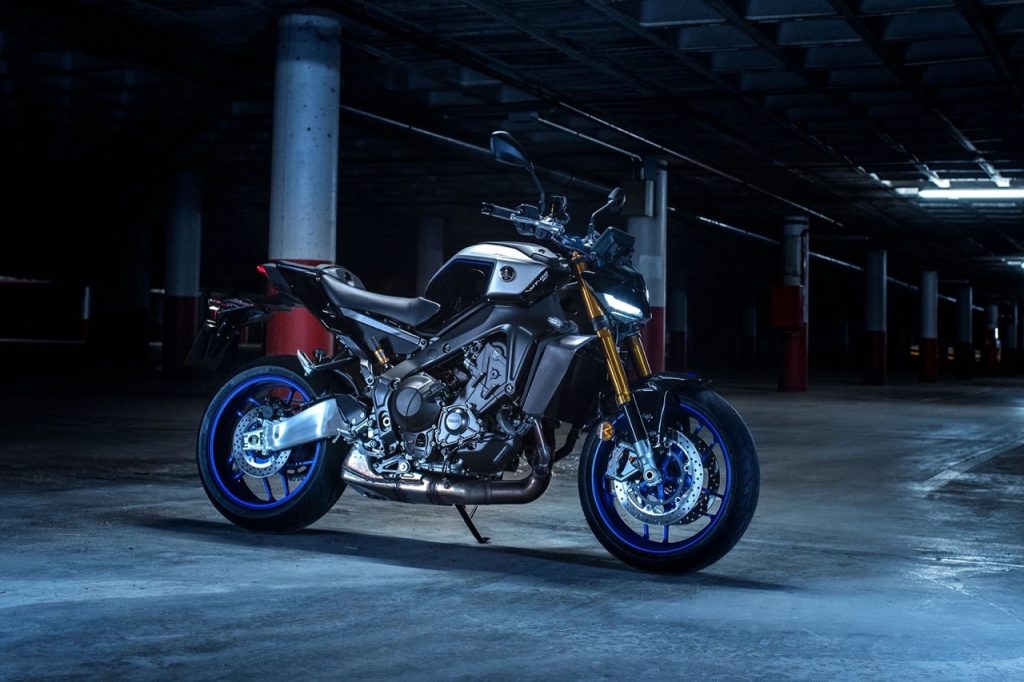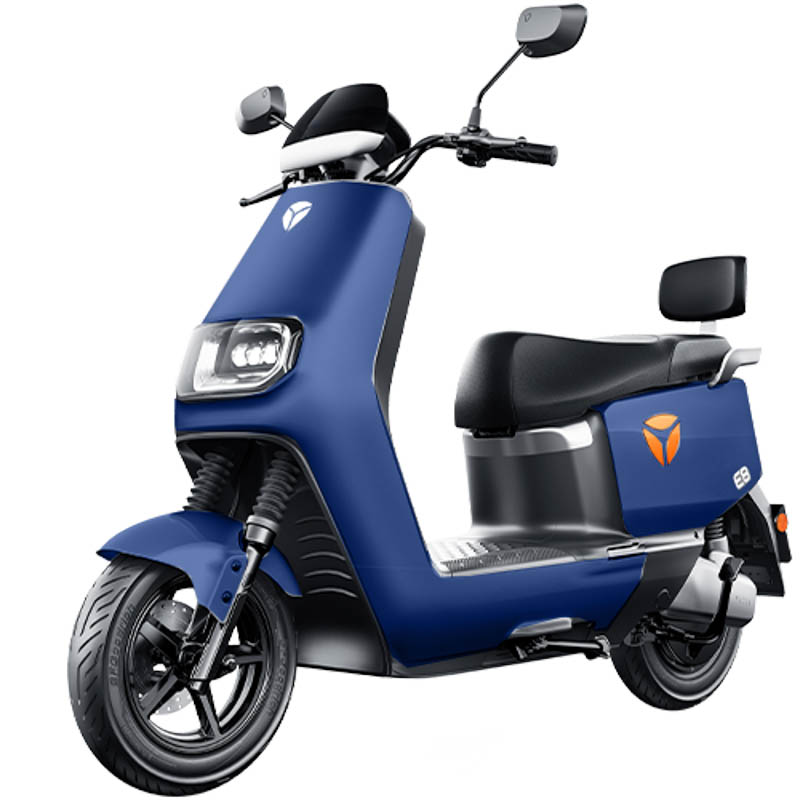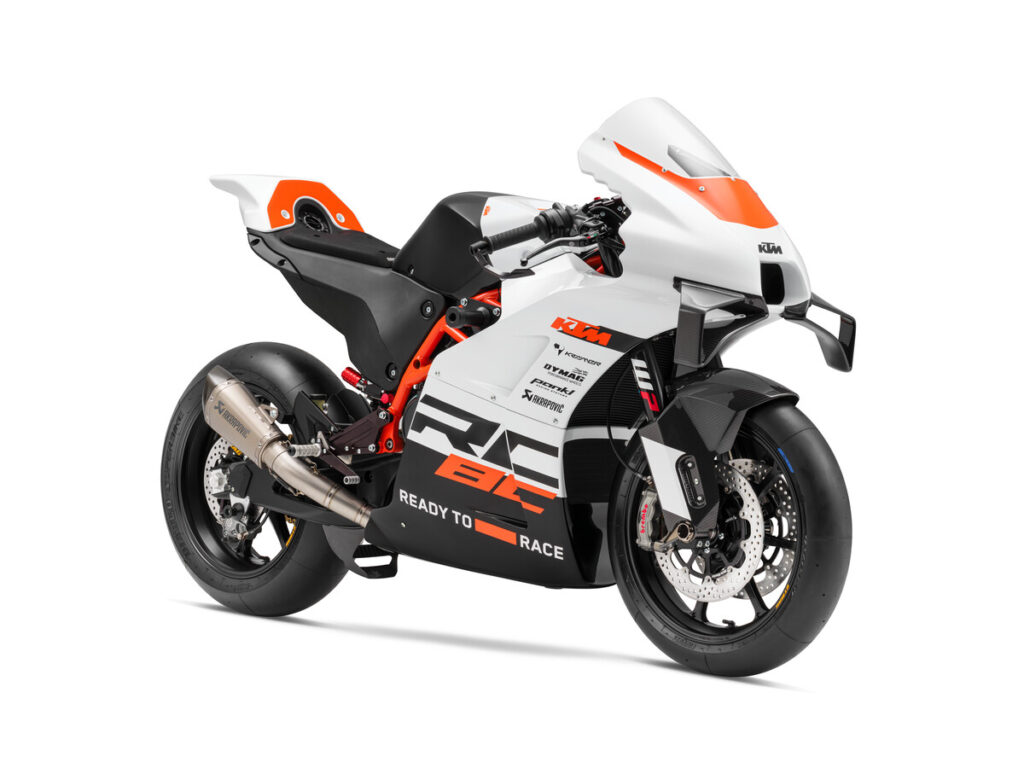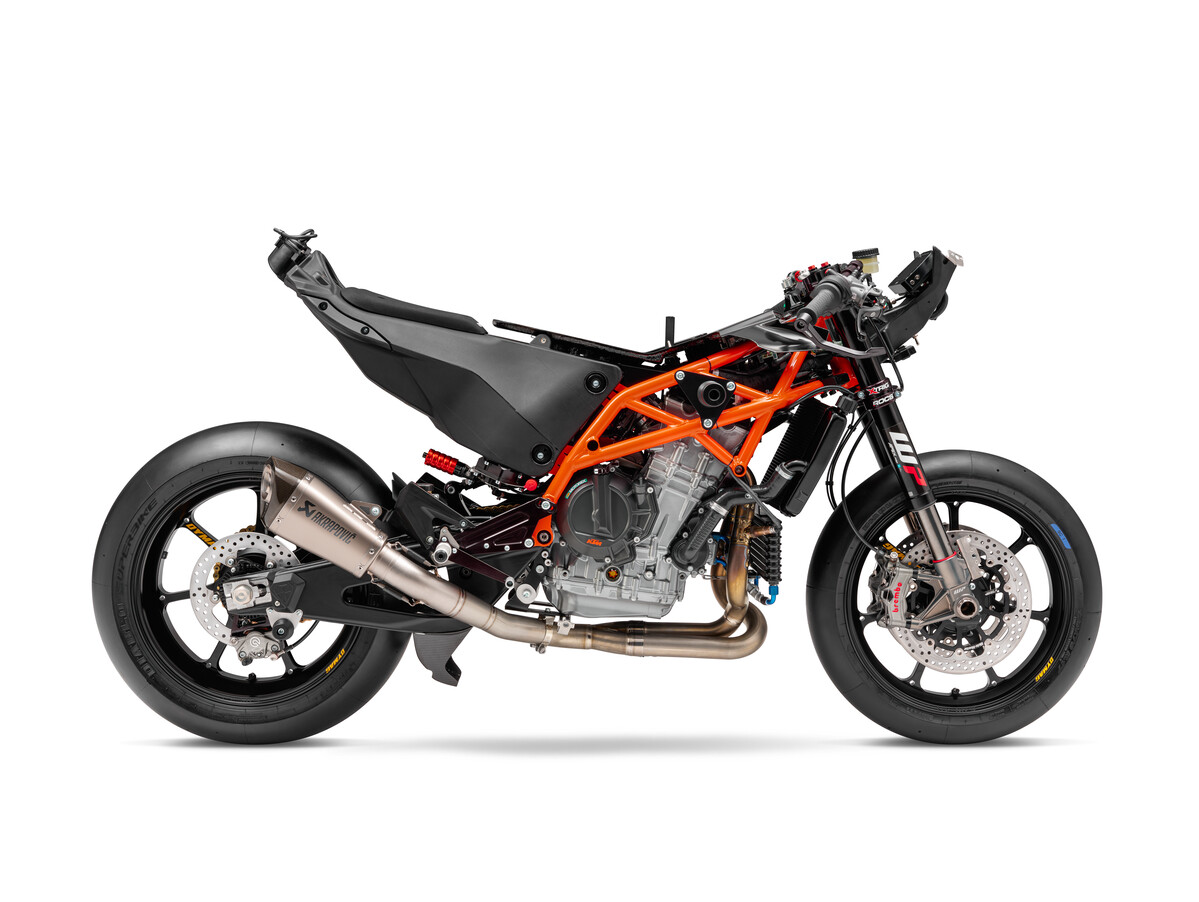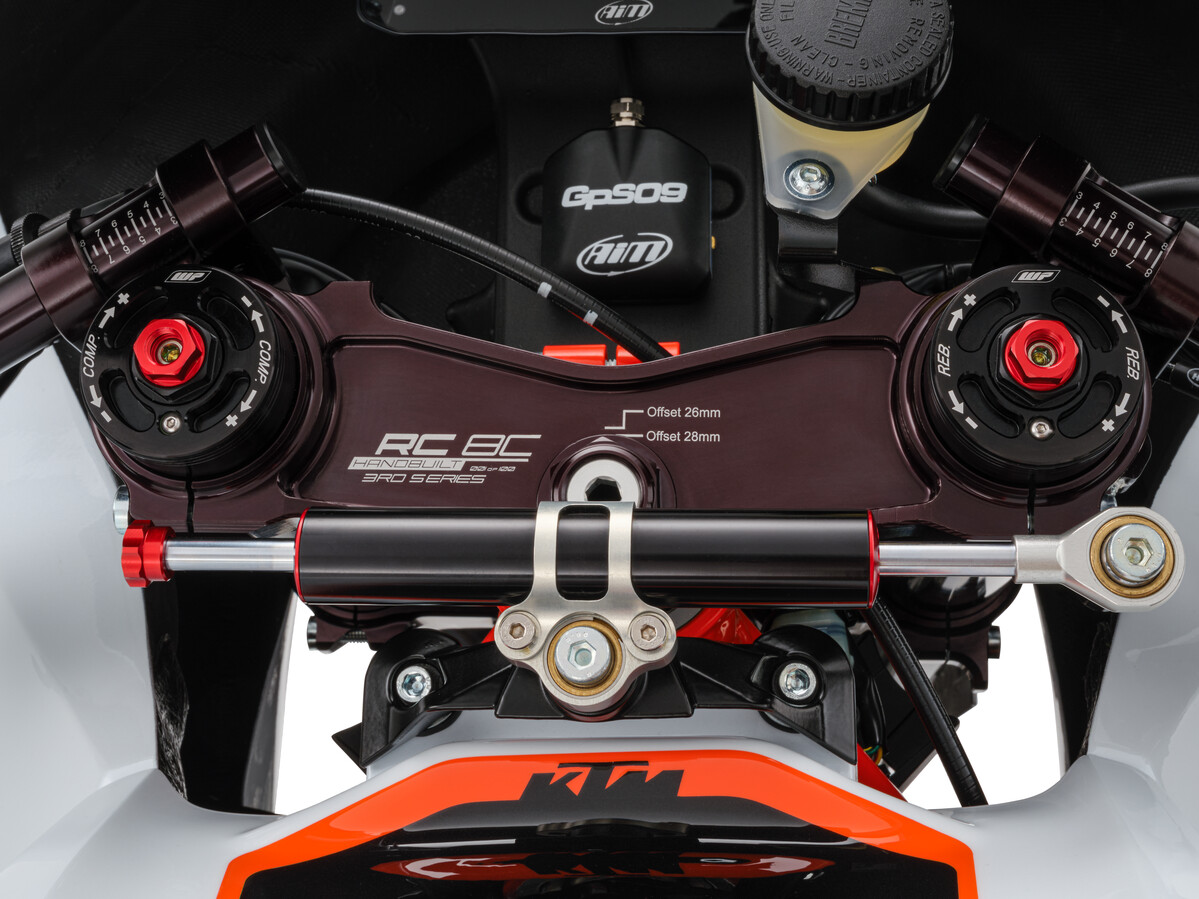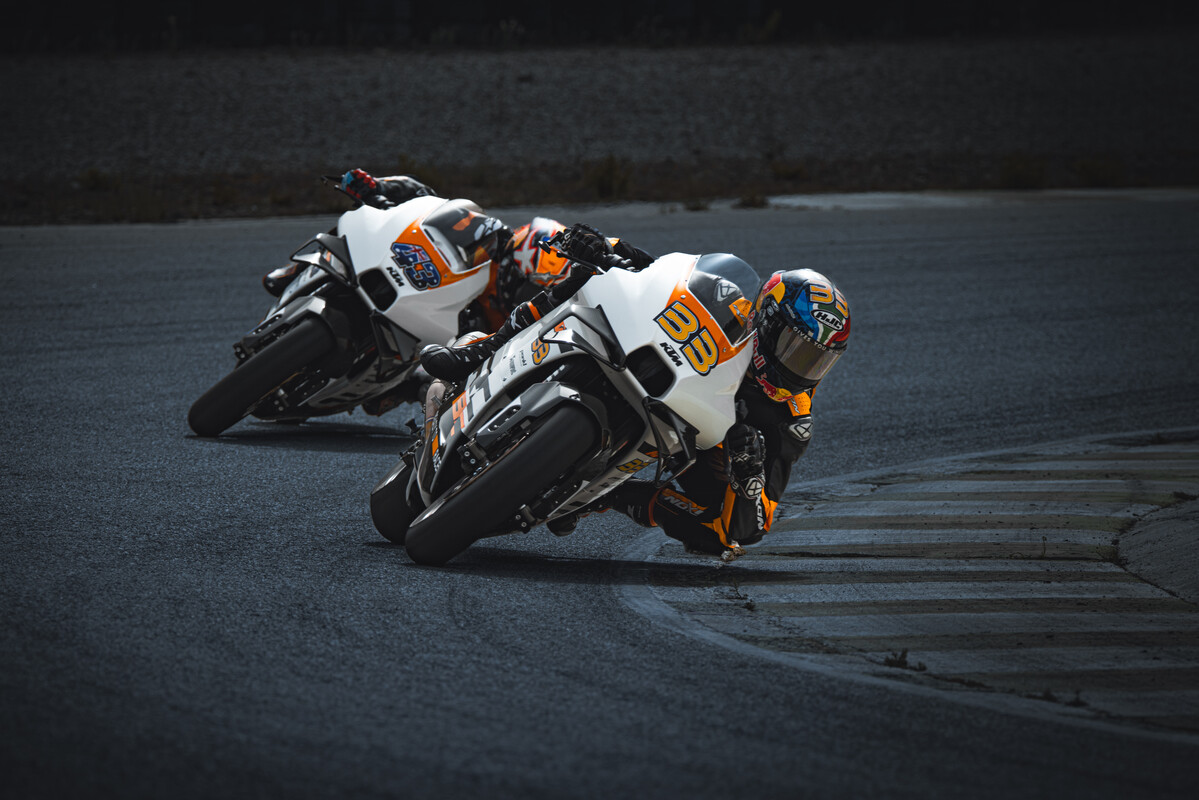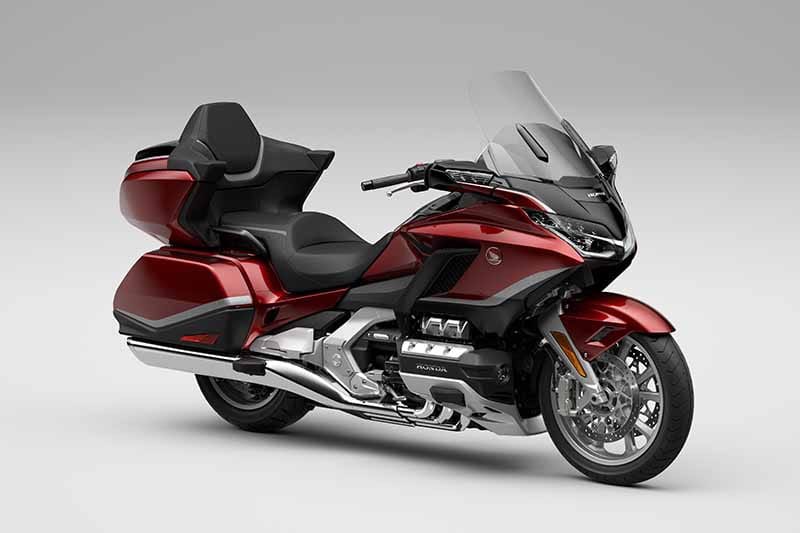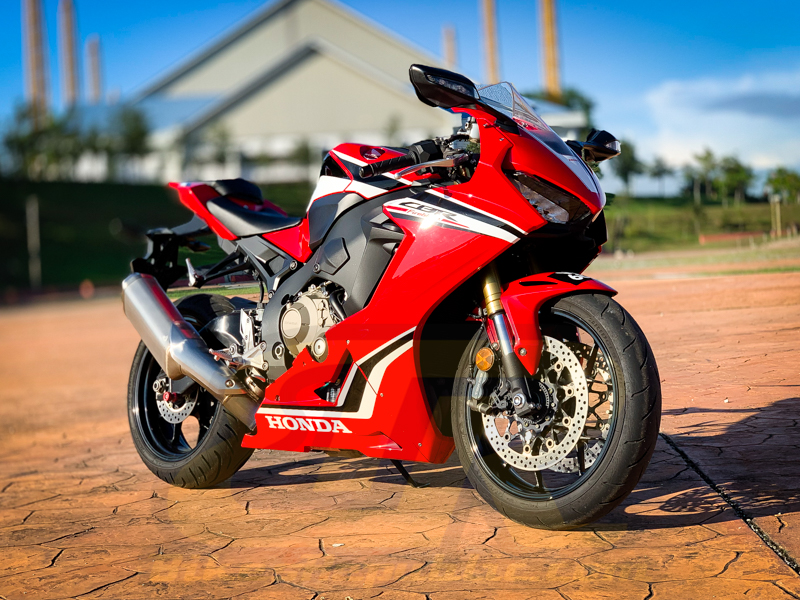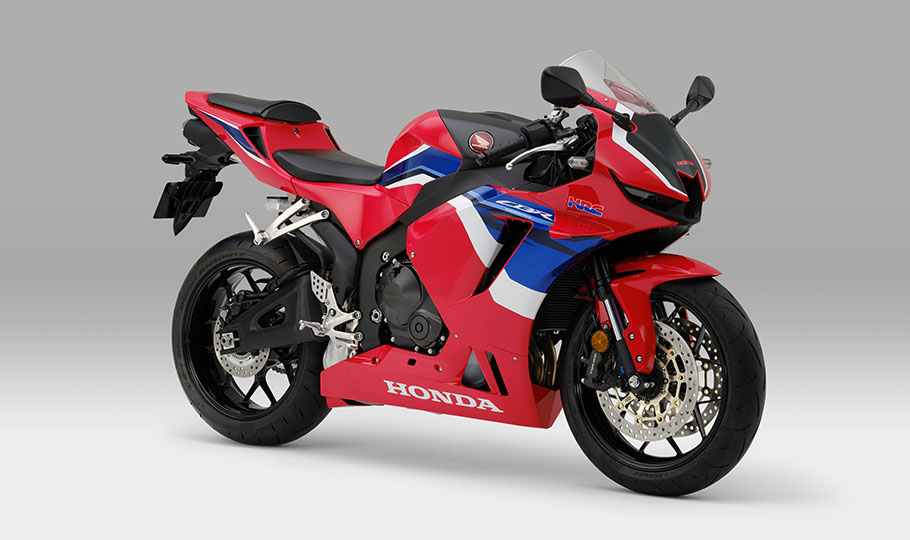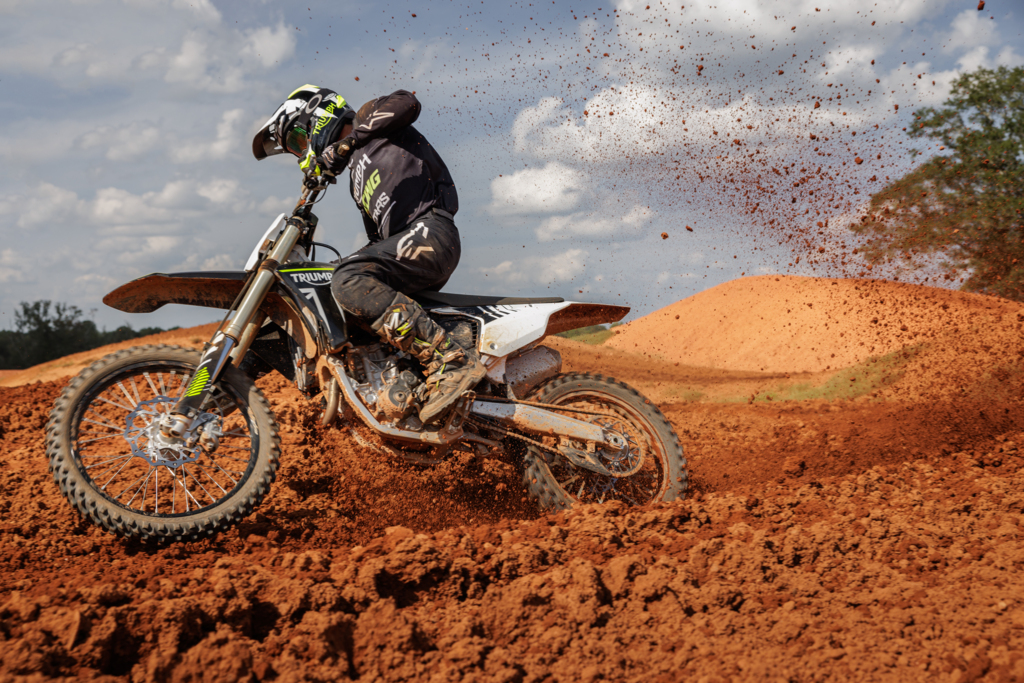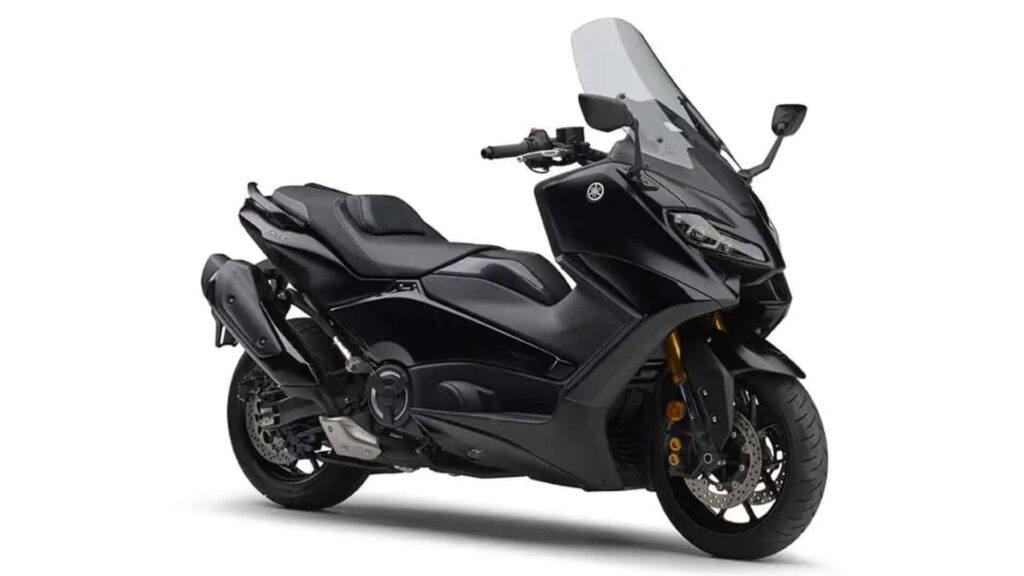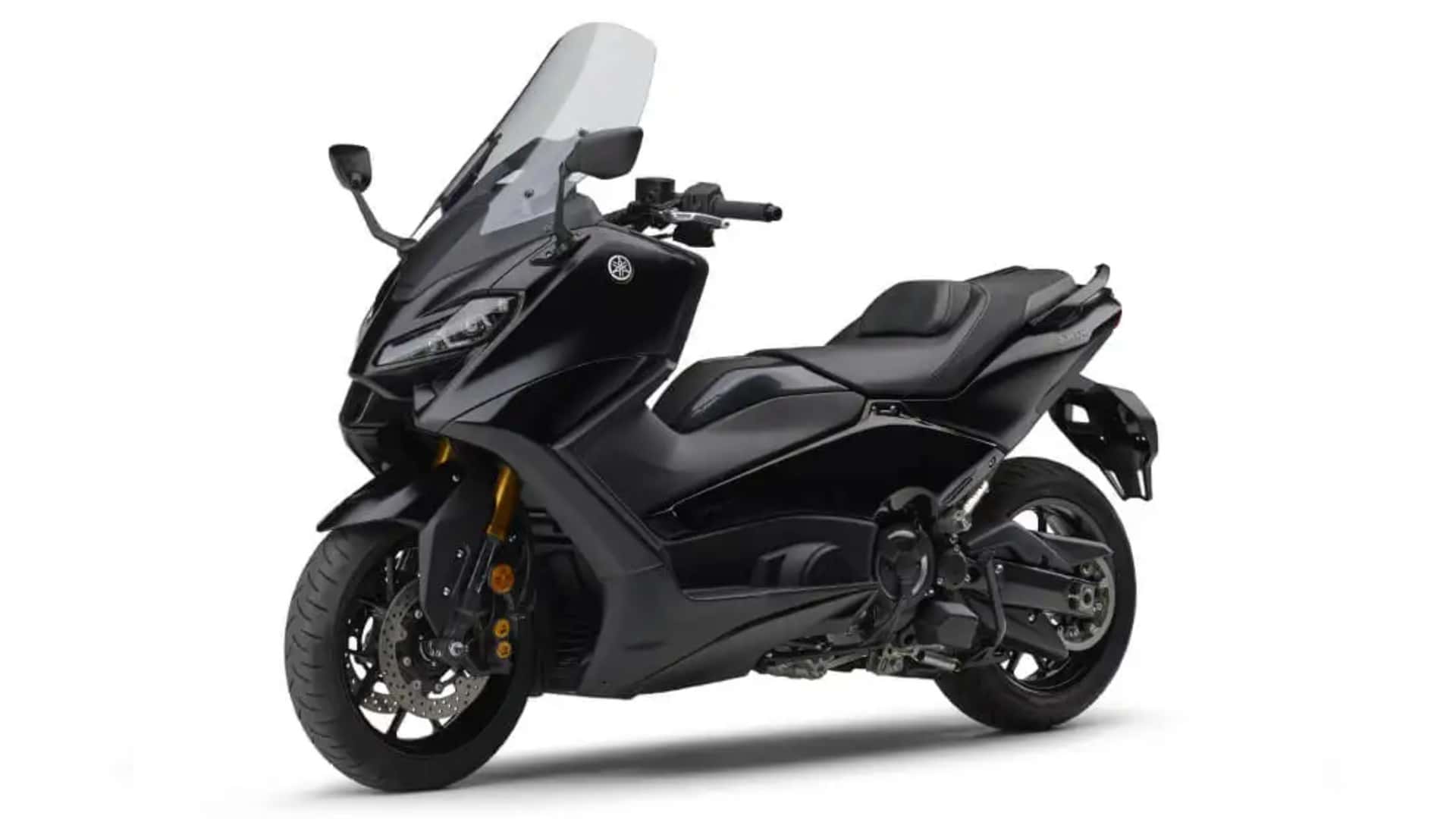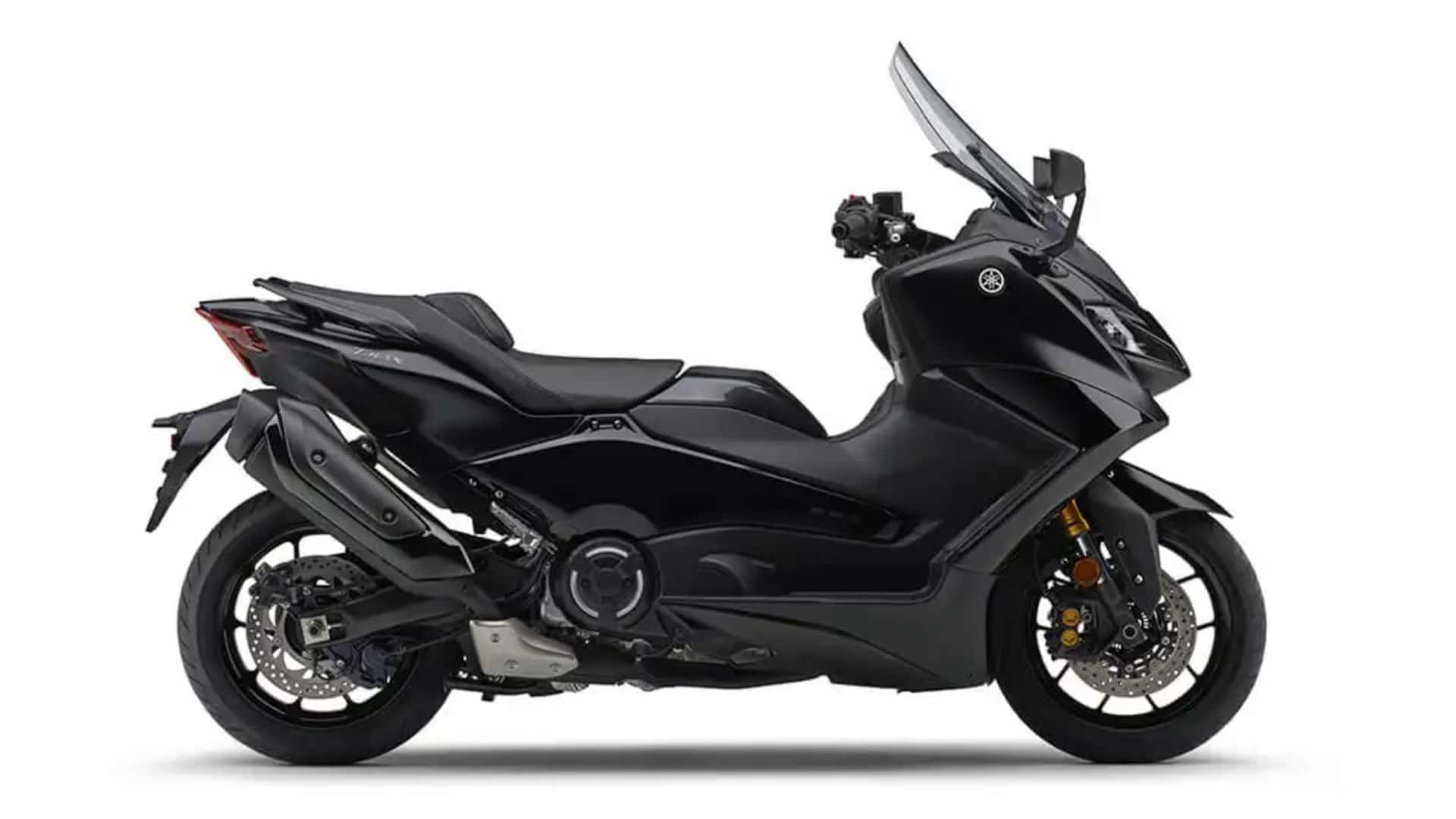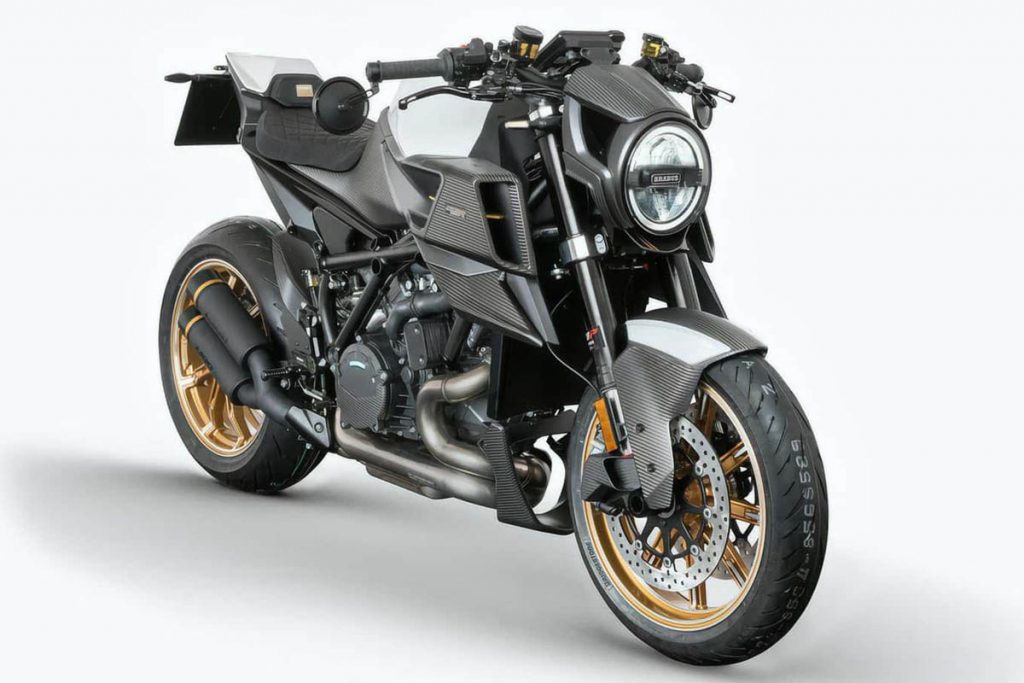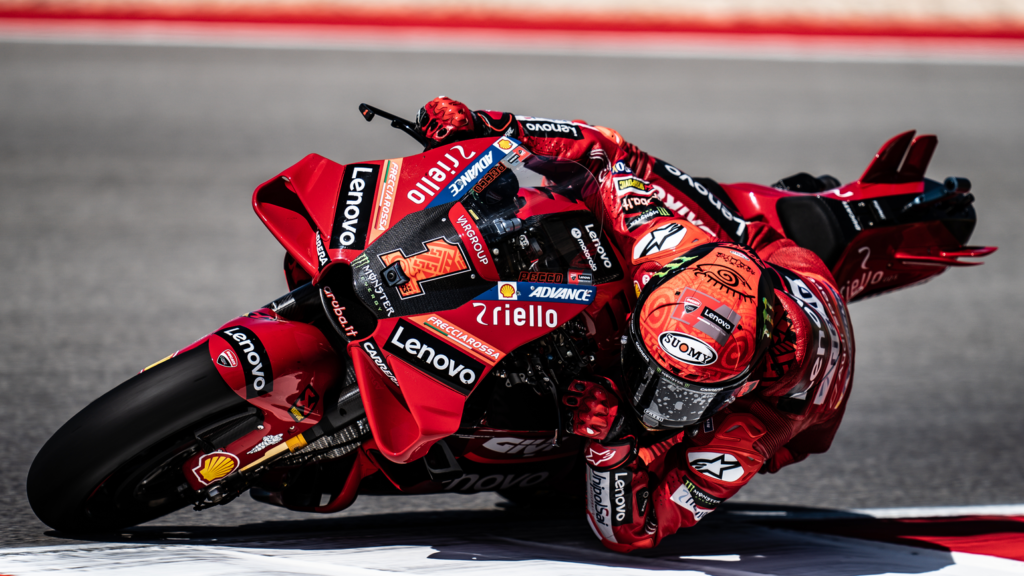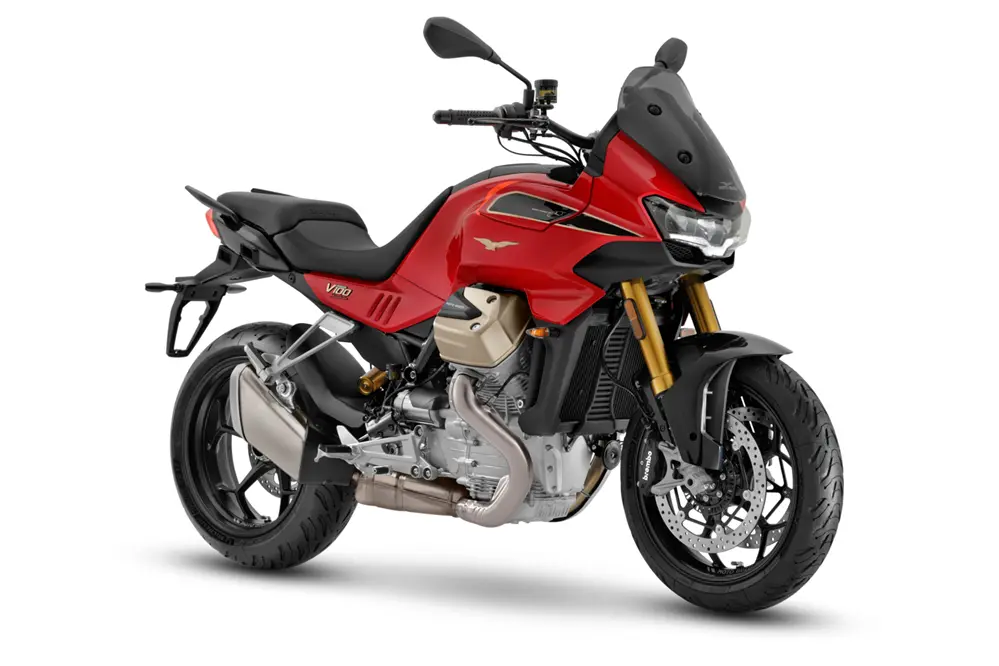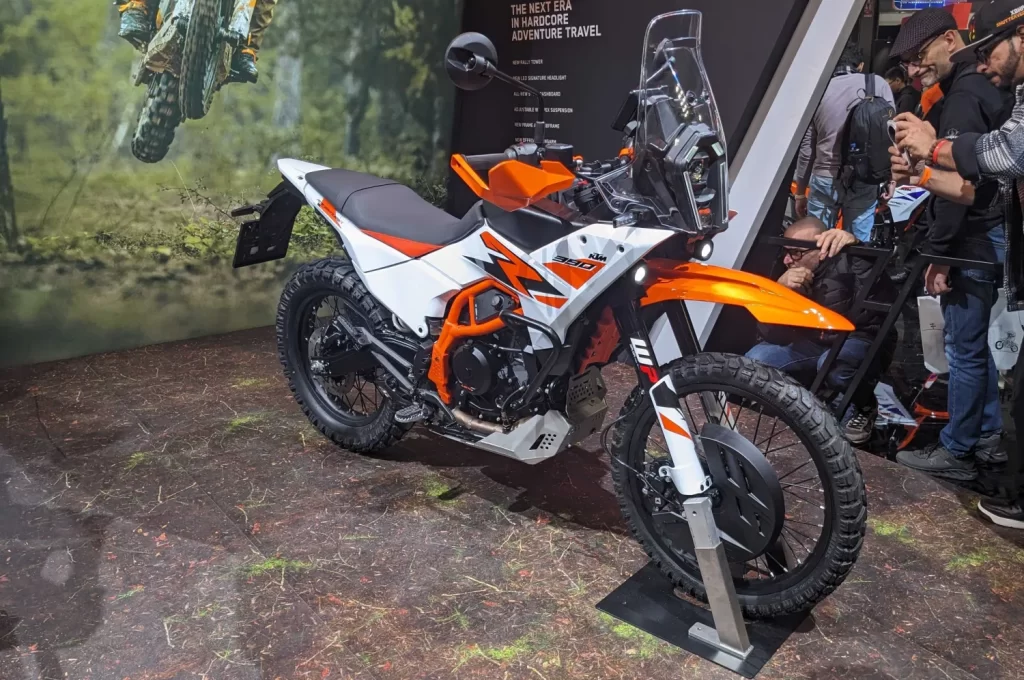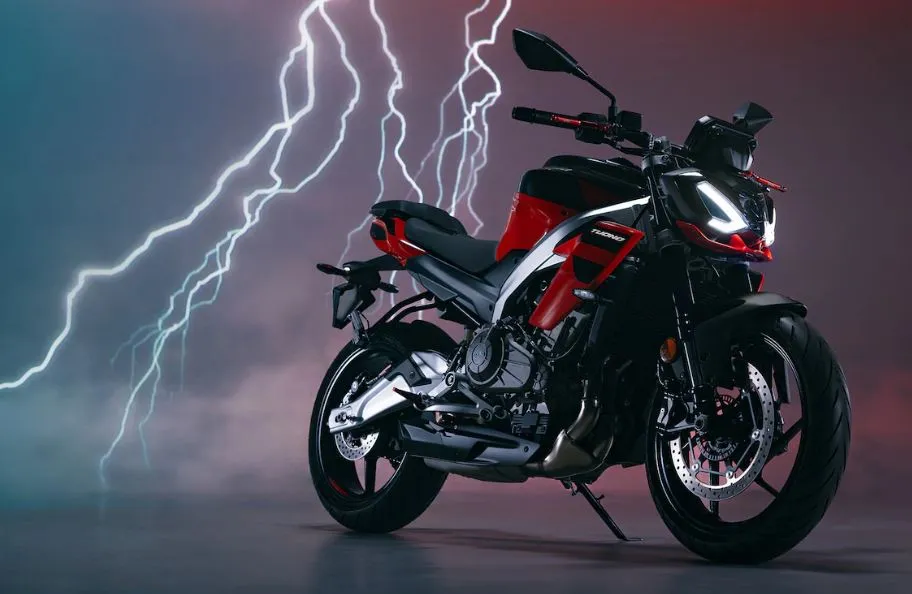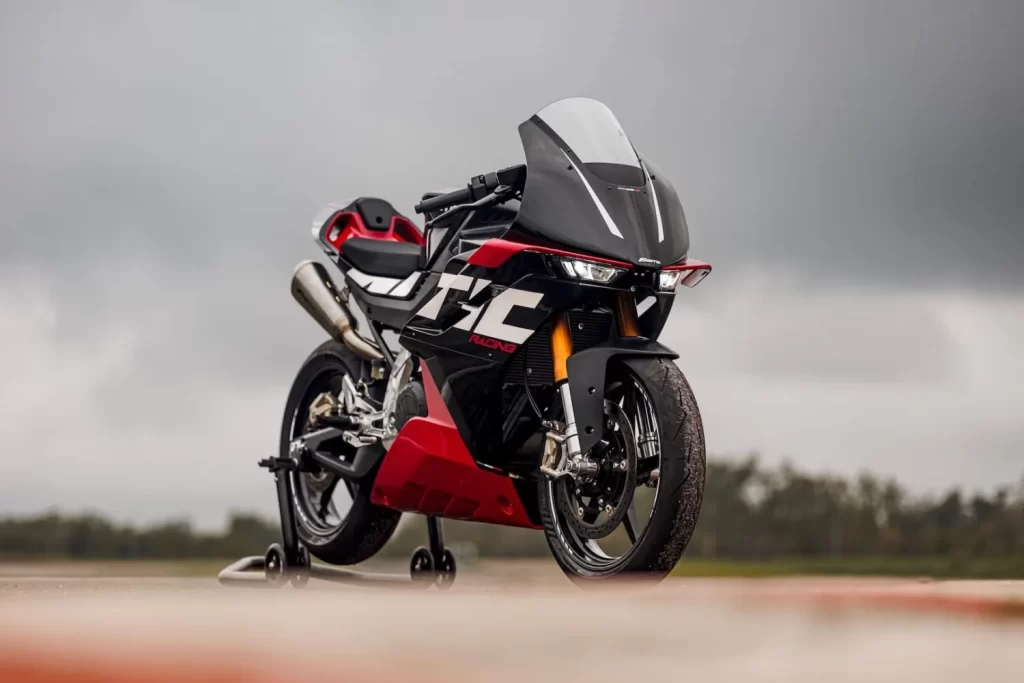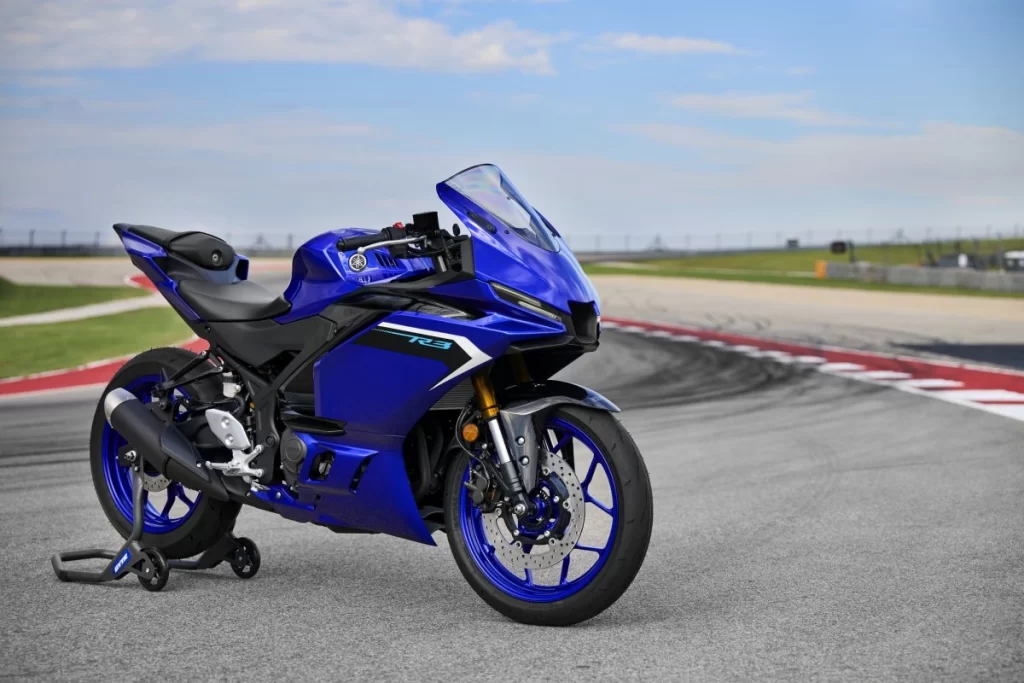The 2024 Husqvarna Svartpilen 801 has officially and finally been launched after years of rumours and several rounds of teasers.
It is now the biggest Svartpilen/Vitpilen model by utilising the KTM 790 Duke’s LC8c engine. Comparatively, the Norden 901 remains the largest Husqvarna by way of engine capacity, as it uses the KTM 890 Adventure’s engine, but it was tuned for torque, rather than horsepower, resulting in 103hp.
Highlights of the 2024 Husqvarna Svartpilen 801:
Powertrain
- 799cc, parallel-twin, DOHC, liquid-cooled LC8c engine makes 77 kW (103 hp).
- Engine power is sent through a six-speed gearbox with a PASC assist and slipper clutch. There is an up-and-down quickshifter, too.
- Service interval for the Svartpilen 801 is 15,000 kilometers.
- Fuel consumption is claimed at 4.5 liters/100 kilometers.
Chassis
- Chromium-molybdenum tubular steel frame with tuned flex and rigidity.
- Adjustable WP Apex 43 front forks with 140mm travel.
- WP Apex monoshock at the back, offering 150mm of travel.
- The wheels are 17-inch alloy, wearing Pirelli MT60 RS rubber.
- Up front, J. Juan radially mounted four-piston calipers clamp on 300mm brake discs.
- The rear brake consists of a single two-piston caliper and a 240mm brake disc.
- Bosch ABS is standard with Supermoto ABS mode.
- The fuel tank holds 14 liters of fuel.
- Husqvarna claims the Svartpilen 801 weights 181 kg, dry.
Electronics
- A five-inch TFT dash and connectivity unit fitted as standard.
- The rider can pair with TFT via the Ride Husqvarna Motorcycles smartphone app, for navigation, calls, and music.
- There are three ride modes: Street, Rain, and Sport. The owner can purchase the optional Dynamic Pack which adds the Dynamic ride mode, Cruise Control, ten levels of traction control, and five levels of wheelie control.
- LED lighting is also standard.
How much?
The 2024 Husqvarna Svartpilen 801 sells for USD 10,899 (RM 51,650.36) and will begin to enter several global markets by June. Might as well be the end of year or early next year for us.



